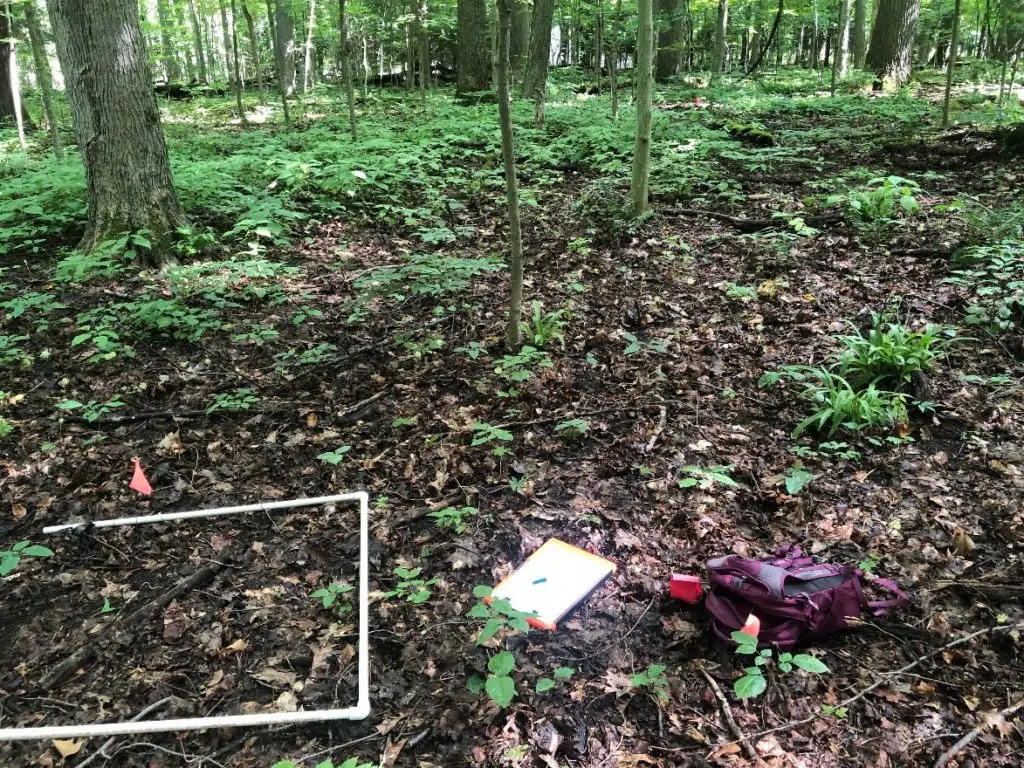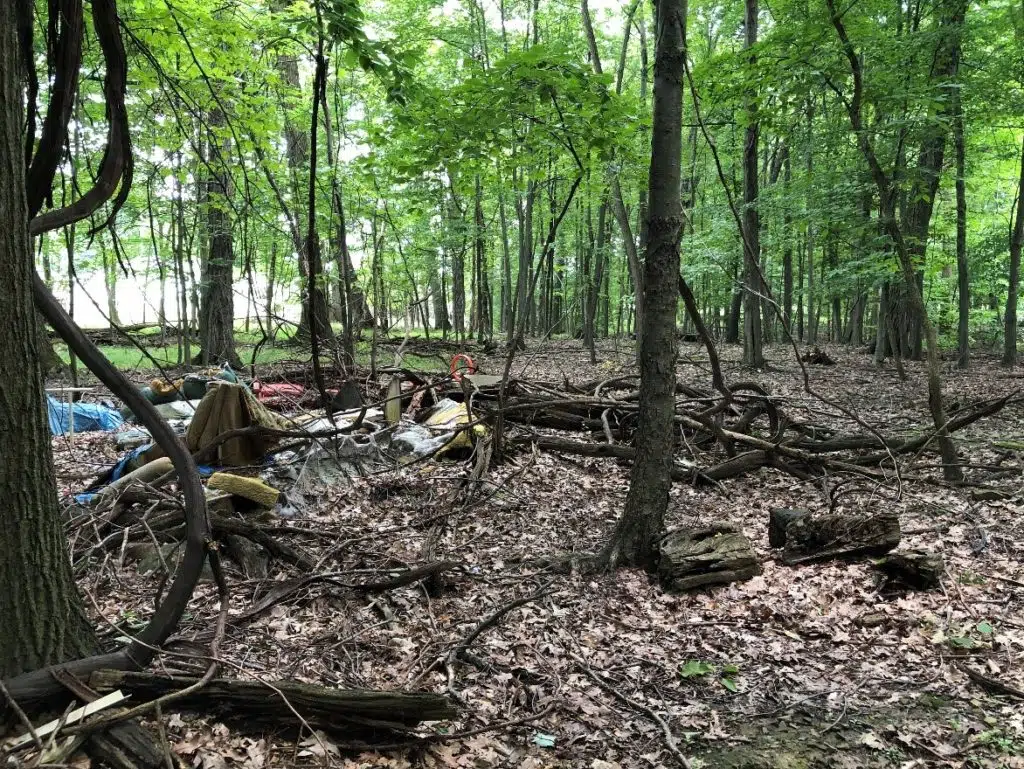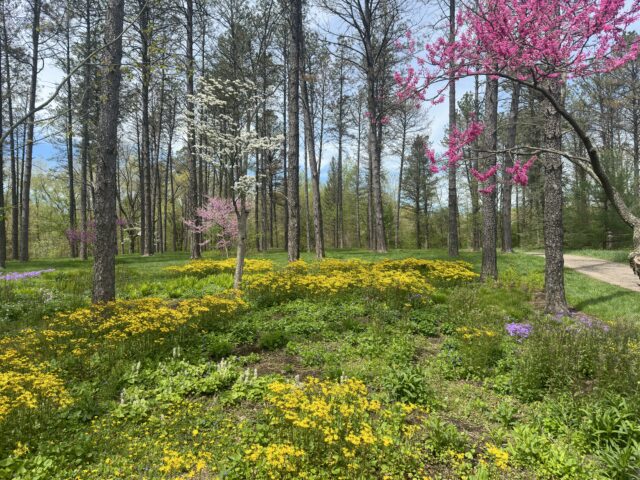
How do the cities of today shape the forests of tomorrow?
Urban Trees have been getting a lot of attention in the scientific and sociological worlds lately. Trees provide many benefits including shade in the warm urban areas, mental health improvement, and particulate matter capture. While the benefits trees provide for humans are numerous, we also need to understand how the stress of the urban environment affects tree function and survival. The urban environment can be a stressful environment for plants due to the elevated temperatures, compact soils, and elevated carbon dioxide levels in the atmosphere. These stressors have the potential to negatively impact the benefits the trees provide. Urban foresters are keenly aware of the impact on tree growth and lifespan and have been studying the success of urban tree species and planting techniques for decades. Many have explored the best tree species and cultivars to plant in an urban environment and how trees in the city (i.e. street trees) are negatively impacted by the heat and compacted soil of these areas.
Historically, the urban environment has been neglected in ecological literature since many saw it as unnatural and dependent on human influence. Therefore, many thought it too unique to provide any useful insight to ecological processes. However, in the 1990s, the study of urban ecology saw a big boom and expanded our understanding of ecosystems to include urban settings as another kind of ecosystem—one in which human forces are studied as part of the system.
But the urban environment does not end at the city limits. Temperatures and pollution can vary along the urban and suburban line. In fact, some researchers have noticed that pollution from the city can have a greater impact on rural trees as it drifts away from the city limits where it originates. Clearly, the urban environment and its impact on the surrounding areas is complex.
That is why I want to understand the ecological processes that occur in semi-natural parks and regenerating forests near cities and suburbs. I am curious how human development changes the type of trees we see in these areas compared to more “rural”, natural areas. Increased temperatures near cities may favor tree species that can tolerate warmer conditions with greater evaporative demand from their leaves. Over time, we may see a very different tree community in remnant urban forests.

To see how forests differ across the Cleveland landscape, research interns and I measured tree diameter and species in over 60 sites from Rocky River to Holden Arboretum. We found that the mature forests differed between urban and rural sites. In rural areas, the red oak trees had a larger basal area—a measure of how much land is covered by a given tree species. This suggests that the rural areas may be more beneficial to Red Oaks or, put another way, that the urban environments may be too stressful for Red Oaks.
I also want to know how urban forests will change in the future. To explore this, I will survey the tree seedlings at these sites over two years. Our preliminary results from this summer showed some striking differences between urban and rural forests. Rural areas had far more Red and Sugar Maple seedlings compared to the urban areas. If maple seedling recruitment remains low in the urban areas over several years, this will change the community of tree species that inhabit the mature forest. However, the mechanisms underlying these shifts are still vague.

Since many environmental conditions change across the urban and rural landscapes, we still need to investigate further to see if previous land use, temperature variation, or soil condition have the greatest impact on the forest structure. I plan to access land use history information, to ask whether old agricultural areas, industrial, or forest have an impact on the current forest structure. I will also gather soil samples to measure nutrient content and acidity. This will help us to determine an urban environment’s impact on trees. Inevitably, we can use this information to understand the human impact on our natural areas. We can understand the trajectory of our forests as urbanization expands and determine the best prectices for preserving the natural areas in and near cities.











